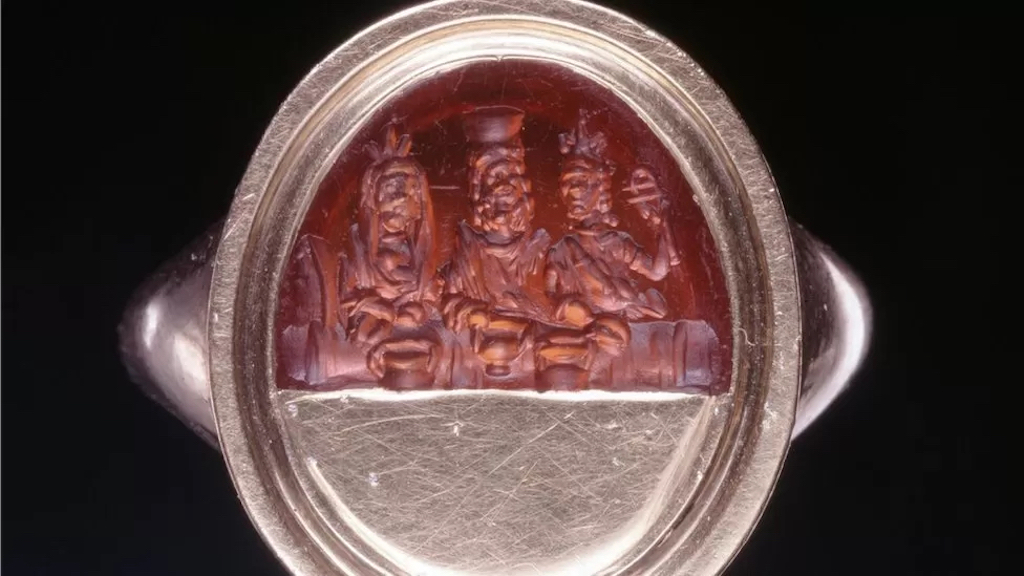The British Museum has released new details around the theft of 2,000 Greek and Roman antiquities that have shaken public confidence in the institution.
The British Museum has recently released the terms of the independent review, which revealed that thefts of various objects from the museum began as early as 1993 and continued until last year. The document, available on the museum’s website, states that the “loss and/or damage of the affected objects occurred during the period from 1993 to 2022.” Although the suspected thief has not been identified by the museum, media outlets have named Peter Higgs, a curator in the Greece and Rome department between 1993 and 2022, as a person of interest in the case.
Higgs has been contacted by the police but no charges have been filed. Higgs’ family has denied his involvement in the heist and his son Greg said in a statement quoted by the Art Newspaper: “He’s lost his job and his reputation and I don’t think it was fair…I don’t think there is even anything missing as far as I’m aware.”
Also of note is the fact that though the museum now admits that the thefts continued until 2022, Higgs was promoted to acting head of his department in January 2021, and held the post until January 2023. He was fired this July.
The terms of reference of the British Museum Independent Collection, Security and Governance Review appeared on the museum’s website on November 6 and has three co-chairs: former trustee and attorney, Nigel Boardman; Lucy D’Orsi, the chief constable of the British Transport Police; and Ian Karet an attorney and expert in charity law. The rest of the team is comprised of senior museum employees: David Bilson, head of security and visitor services; Mark Coady, head of internal audit; and Thomas Harrison, the keeper of Greece and Rome (also known as the head of the Department of Greece and Rome).
The review team is tasked with “identifying a complete list” of the stolen and damaged objects. The directive implies that the museum does not yet known the full extent of the crime, further noting that “the ongoing detailed audit of affected objects is likely to take longer”. The review will also record “failures of controls, processes or policies” which resulted in the losses and to suggest strategies for improvements. They will also evaluate the responses of the board of trustees to determine “whether actions taken or not taken” were sufficient, and if not, what improvement should be implemented.







